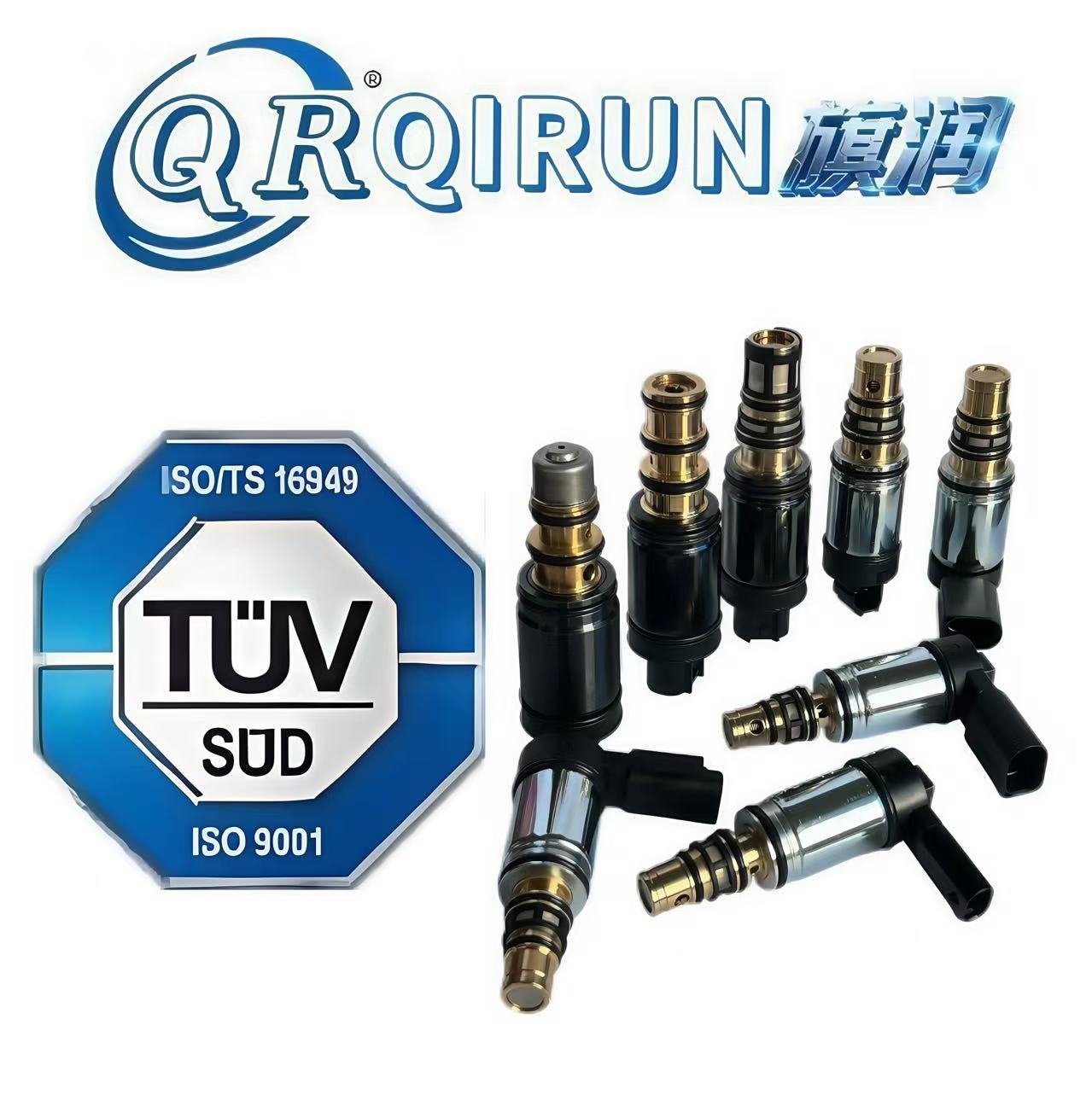Get Free Consultation!
We are ready to answer right now! Sign up for a free consultation.
I consent to the processing of personal data and agree with the user agreement and privacy policy

A comprehensive guide to diagnose and decide between compressor or control valve replacement
When your car’s air conditioning stops cooling properly, it can be frustrating trying to determine the exact cause. Two common culprits are the compressor and the control valve. Making the wrong repair decision can cost you time and money, so proper diagnosis is essential.
Try control valve first if: Your AC works intermittently, cooling varies, or you hear the compressor engaging but getting weak cooling.
Consider compressor replacement if: The compressor isn’t engaging at all, makes loud grinding noises, or has visible damage/oil leaks.
Function: The heart of the AC system that circulates and pressurizes refrigerant.
Common Failure Signs:
Replacement Cost: Higher ($500-$1000+ with labor)
Function: Regulates refrigerant flow in variable displacement compressors.
Common Failure Signs:
Replacement Cost: Lower ($150-$400 with labor)
Grinding, rattling, loud clicks: Likely compressor issue
No unusual noises: More likely control valve
No cooling at all: Possibly compressor
Intermittent or weak cooling: More likely control valve
Oil leaks, damaged compressor: Replace compressor
No visible issues: Try control valve first
No change with RPM increase: Likely compressor
Cooling improves at higher RPMs: Control valve likely
| Symptom | Points to Compressor | Points to Control Valve |
|---|---|---|
| AC clutch not engaging | Very likely | Unlikely |
| Clutch engages but no cooling | Possible | Very likely |
| Intermittent cooling | Less likely | Very likely |
| Loud grinding noises | Very likely | Unlikely |
| Works better at high RPM | Unlikely | Very likely |
| Oil around compressor | Very likely | Unlikely |
Part: $50-$150
Labor: $100-$250
Pros: Lower cost, often fixes the problem
Cons: Won’t help if compressor is actually bad
Part: $300-$600
Labor: $200-$400+
Pros: Fixes compressor issues permanently
Cons: More expensive, may not be necessary
AC performance test
Pressure checks
Electrical testing
Worth the investment to avoid wrong repairs
Verify refrigerant level isn’t extremely low, check fuses and relays, ensure AC button is working.
Start the car and turn on AC. Does the compressor clutch engage? Any unusual noises?
Does cooling work intermittently? Does it improve at higher RPMs? This points to control valve.
Look for oil leaks around compressor, damaged lines, or visible compressor issues.
Based on symptoms, decide whether to try control valve first or go straight to compressor.
If unsure, pay for professional diagnosis – it’s cheaper than replacing the wrong part.
For most modern vehicles with variable displacement compressors, trying the control valve first is the smartest approach. It’s significantly less expensive and solves the problem in the majority of cases where the compressor itself isn’t mechanically damaged.
Only proceed directly to compressor replacement if you have clear signs of compressor failure (loud noises, visible damage, clutch not engaging). When in doubt, invest in professional diagnosis – the $100-$150 cost could save you from a $800+ unnecessary compressor replacement.